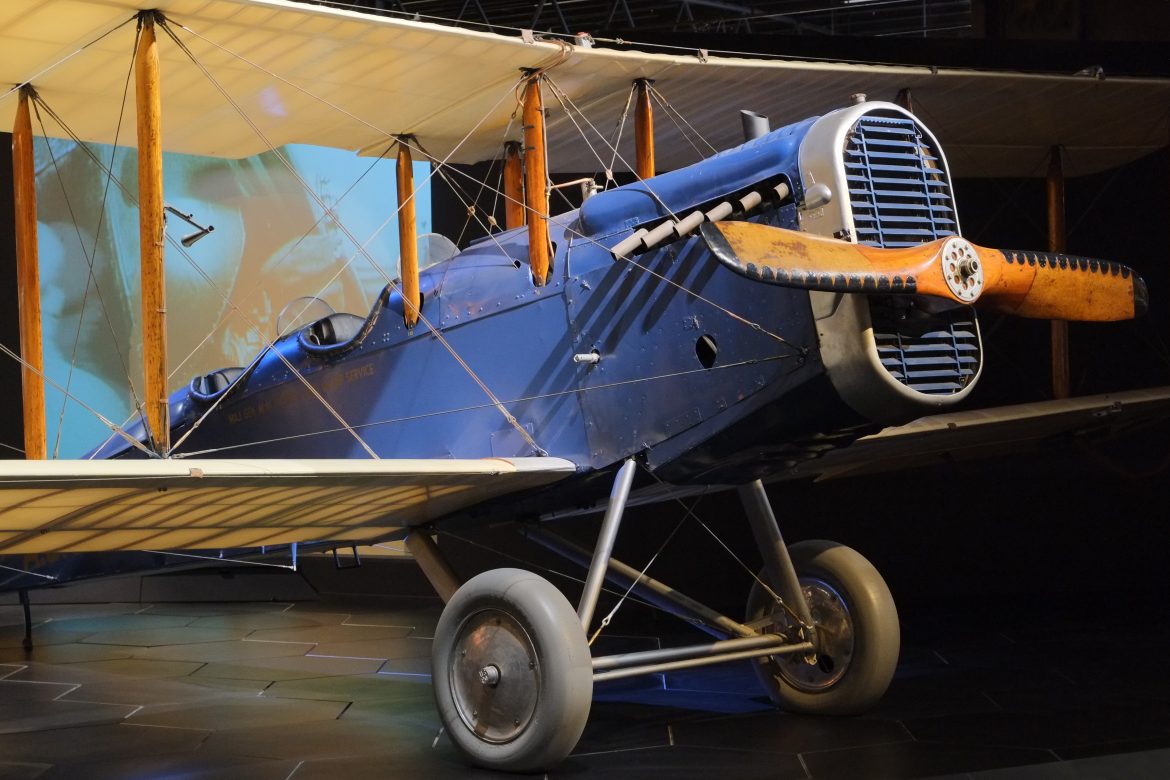Alaska has a legacy of bigger-than-life media personalities who ruled the presses like old-fashioned newspaper barons.
The Molly Hootch case, which ultimately dismantled a discriminatory education system for rural Alaska Native students, was first filed in Anchorage on August 1, 1972.
ALASKA GETS ITS FIRST “ALL-AMERICAN” TELEGRAPH CONNECTION On March 2, 1903, Congress funded undersea telegraph cables between Seattle, Sitka, and Juneau, which would connect Alaska’s military posts to their Washington, D.C., headquarters. Previously, Alaskan telegraphs reached the Lower 48 via Canadian wires. To tackle the job, the U.S. Army used a Spanish ship seized off the coast of Cuba in 1898, during the Spanish-American War. Named the Rita by the Spanish, the army redubbed it the Burnside, after Civil War major general Ambrose Burnside. The nearly 300-foot iron steamer could carry 300 miles of cable. The Burnside finished laying the first 291 miles of cable between Sitka and Juneau in October 1903. By the following August, it had strung over 1,000 miles of line from Sitka to Seattle. Under further appropriations, the Burnside extended the cables from Sitka to Valdez in 1904 and on to Seward in 1905. Twenty years…
Eielson’s epic mail flight On February 21, 1924, Carl Ben Eielson flew Alaska’s first official air mail service. The 280-mile flight from Fairbanks to McGrath took just a few hours, compared to 18 days or more by dog sled. Eielson used a de Havilland DH-4 open cockpit biplane to carry the 164 pounds of mail, and he bundled up in caribou-fur socks, moccasins, a reindeer parka, a marten-skin cap, a wolverine-skin hood, and multiple wool layers, as well as goggles. Born in North Dakota in 1897, Eielson flew in the U.S. Army Air Service during World War I. In 1922, he took a teaching job in Fairbanks but soon devoted his time to flying bush planes for miners and their cargo, quickly becoming one of Alaska’s most pioneering bush pilots. He died in 1929 while trying to rescue a ship full of furs that was mired in ice off the…
Important moments captured in print The images in this archival portfolio prove what we’ve always known: There’s no place on Earth like Alaska. The storied history of our state includes, well, statehood itself, along with catastrophic volcanic eruptions, record-shattering earthquakes, the gold rush, groundbreaking legislation, and the purchase of Alaska from Russia—to name a few. While we couldn’t include every monumental event, we hand-selected a few unique and compelling images to serve as a reminder of the people, places, decisions, and elements of the natural world that have shaped the Great Land. —Michelle Theall Anchorage’s Fourth Avenue looking east after the devastating earthquake of 1964 The massive 9.2 magnitude Good Friday earthquake occurred on March 27. The shaking and subsequent tsunamis and landslides caused more than 100 deaths, and the state sustained $311 million in damages. The quake was the most powerful recorded in North American history. A colossal 200,000…
Reluctant Alaskan hero by Ray Cavanaugh Wrangel Island was never a place people would visit unless they had a really good reason. Technically part of Russia, it’s some 300 miles north of the Arctic Circle and almost as many miles away from the Alaskan coast. It tended to attract young men seeking adventure, danger, and perhaps some personal glory. For the first two, the island was a safe bet. The glory part, however, proved rather more elusive, often fatally so. This hostile piece of territory, with far more polar bears than people, had managed to become a source of international controversy, with Russians, Americans, and Canadians at different points making claims for their homeland. All this was far outside the thoughts of Ada Blackjack, until a set of life circumstances placed her directly on Wrangel’s icy surface and forever linked her name to its formidable legacy. An Alaskan Inupiat, Ada…
NOTE: Map is reprinted with permission from Travel Alaska (travelalaska.com) and Alaska Native Heritage Center (alaskanative.net); edited text is courtesy of Travel Alaska. IÑUPIAQ & ST. LAWRENCE ISLAND YUPIK The Iñupiaq and the St. Lawrence Island Yupik people call themselves the “Real People.” Their homeland covers Alaska’s northern Arctic region, remote and diverse, and accessible primarily by plane. Filled with an amazing array of wildlife and a landscape ranging from coastline to tundra, Alaska Natives here rely on subsistence. SUGPIAQ & UNANGAX The southwest region’s coastal communities and archipelago are defined by rugged shoreline and terrain. Having long depended on the sea for survival, water is central to the Unangax̂ and Sugpiaq way of life. Their homeland stretches from Prince William Sound to Kodiak Island and along the 1,200-mile-long Aleutian Islands Chain. TLINGIT, HAIDA, EYAK, & TSIMSHIAN The southeastern panhandle is home to the Tlingit, Haida, Eyak, and Tsimshian.…
Inspired by Alaska Maggie Shipstead’s novel Great Circle follows the life of Marian Graves, a female pilot who disappears near Antarctica in 1950 while attempting to circumnavigate the earth north to south. While the book is packed with shipwrecks, plane crashes, bootlegging mobsters, Hollywood scandals, and forbidden romance, a sizeable part of the story takes place in the glaciers, frontier towns, and wilderness of Alaska. The 600-page book—spanning three generations and nearly 100 years of history—took Shipstead more than six years to create, and was a finalist for the 2021 Booker Prize. In this interview, Shipstead describes how Alaska helped inspire her story of a woman breaking barriers, both personal and universal. —AS TOLD TO AND EDITED BY MOLLY RETTIG Your protagonist, Marian, had a pretty crazy childhood. She survived a shipwreck as a newborn in which her father, the captain, rescued Marian and her twin brother in a lifeboat.…
Alaska Native Historian Holly Guise on the Value of Oral Histories Alaska Native historian Holly Miowak Guise (Iñupiaq) reflects on how recorded oral accounts connect Alaskans and incorporate Indigenous voices into today’s historical narratives. “Oral history is a powerful way to reach students, academics, and the public, enabling listeners to connect with a speaker, hear about their life, and perhaps more readily empathize with them. It’s also important for integrating Indigenous perspectives missing from Western archives. Oral histories are meant to be listened to. Even when a transcript is available, it’s best to listen to the audio, which offers human voice, character, intonation, and the interactions between the interviewer and interviewee. Today, websites or YouTube channels allow people to hear oral histories from their homes or classrooms. I created a website, ww2alaska.com, during a postdoctoral year at the University of California Irvine that hosts testimonies from Unangax̂ survivors of relocation…
Spoiler alert: it doesn’t include everything My family’s history in Alaska goes back to just before statehood, when my parents, who hadn’t yet met, each moved here for work and adventure. To me, those origins—my origins—seem distant, but through other lenses, our time here is a mere blip on the screen of existence. History, this issue’s theme, is messy, multi-layered, and fascinating. And it’s always told from a certain perspective. This region’s past didn’t begin with statehood, of course, nor with overseas explorers, nor with Indigenous cultures. When did it start, then? With the dinosaurs roaming ancient lands? When plate tectonics and volcanism were building Alaska’s mountains? When we decided on this theme, I thought, “How should we narrow it down? What to include? Leave out?” As happens with each issue, the process is part logical planning and part chance depending on what ideas writers pitch us and what photos…










